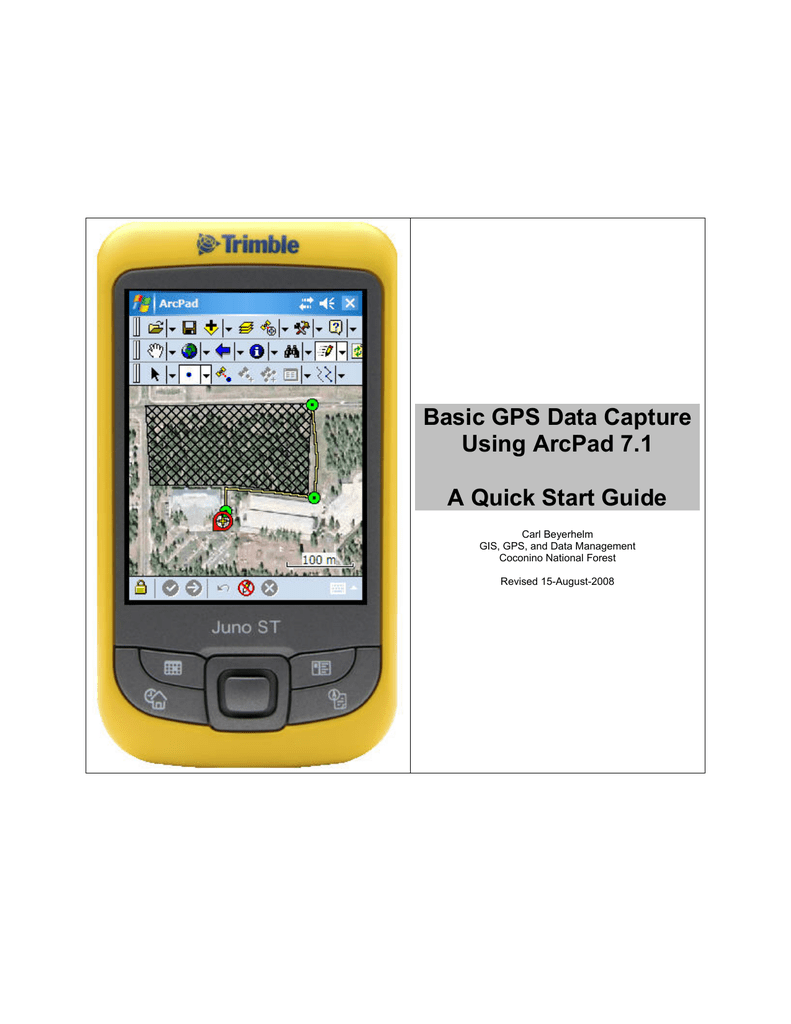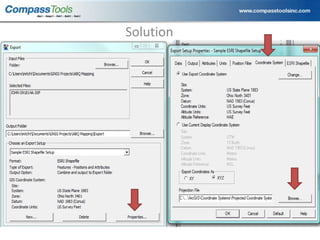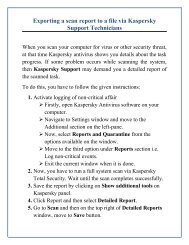

For Each input file create output folders of the same name: This option is best if you are working with exporting multiple data files subfolders are created for each multiple file. Combine all input files and output to an Auto-generated subfolder: Creates a subfolder within your export directory to store your exported files. Combine all input files and output to the project export folder: All of the data files you select will export in the user-defined export folder. The Output Tab: Allows the user to set up the conditions of the exported files that are outputted. Starting Feature ID: Only available for formats that can export a feature ID. Create Point Features from: Notes, velocity records, or external sensor can be exported as point features when checked. This is best for collected data that does not have a data dictionary appended.

Positions Only: Only exports GNSS positions and neglect attribute and feature information.

Check the Include Not In Feature Positions to export positions that lie in between features. Features – Positions and Attributes: Exports all data and attributes. The Data Tab: Allows the user to select the type of data they want to export. Not to be copied or distributed without permission. © Copyright 2000-2010 California Surveying & Drafting Supply. For now, let’s set up the main properties of our ESRI Shapefile. After you setup the conditions of your export, you press the OK button (highlighted by the red rectangle) to begin the export process. Coordinate System, Units, Unit Attributes, etc.). Properties: Allows the user to adjust the properties of the export setup (i.e. You can also delete preset export setups in GPS Pathfinder. Delete: Deletes a customized export setup created in GPS Pathfinder. New: Allows for the user to create a customized export setup procedure for a file and save it into GPS Pathfinder 6. In this example, I have it set up for a new ESRI Shapefile. Choose an Export Setup: Allows the user to define the file format to export your data.

Currently, GPS Pathfinder Office will send all exported files to your default folder within your PC.\ 4. Output folder: Press the Browse button on the opposite side to change the directory of your exported file. If you have a file already open in GPS Pathfinder, it will be selected for you/. Selected Files Window: Displays the files that you want to apply Export properties to You can select multiple files. Input Files Menu: Press the Browse button to select the folder where your input files are being stored. Not to be copied or distributed without permission.įeatures of the Export Main Menu 1. © Copyright 2000-2011 California Surveying & Drafting Supply. In this menu, you can select your file, the output setup, and the properties of the file. Open the Export utility, either by selecting the button on the utility menu on the far left or by selecting the directory in the main toolbar of GPS Pathfinder Office: Utilities>Export The Export window is now open.
#HOW TO GET GPS PATHFINDER OFFICE TO EXPORT PRJ FILE SOFTWARE#
For this tutorial, I will be using the following: GPS Pathfinder Office, v5.10 A Post-Processed Data File ArcGIS Software preinstalled onto my PC To ensure that your procedure will work, it’ best to open the data file in GPS Pathfinder to check that the points you collected are stored and displaying correctly. This tutorial will teach you the steps on creating an ESRI Shape File, using Trimble’s GPS Pathfinder office Software. Exporting into an ESRI Shape File from GPS Pathfinder OfficeĬalifornia Surveying & Drafting Supply Technical Support Services


 0 kommentar(er)
0 kommentar(er)
